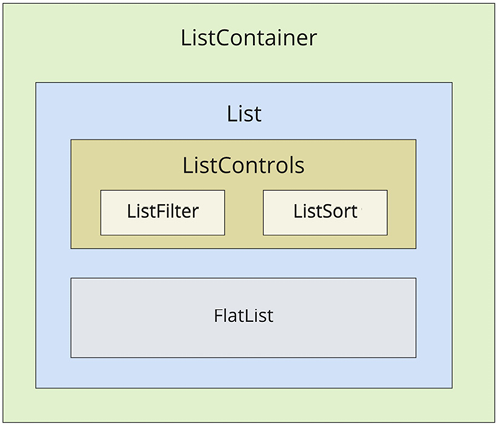Rendering Item Lists
In this chapter, you’ll learn how to work with item lists. Lists are a common web application component. While it’s relatively straightforward to build lists using the <ul> and <li> elements, doing something similar on native mobile platforms is much more involved.
Thankfully, React Native provides an item list interface that hides all of the complexity. First, you’ll get a feel for how item lists work by walking through an example. Then, you’ll learn how to build controls that change the data displayed in lists. Lastly, you’ll see a couple of examples that fetch items from the network.
We’ll cover the following topics in this chapter:
- Rendering data collections
- Sorting and filtering lists
- Fetching list data
- Lazy list loading
- Implementing pull to refresh


